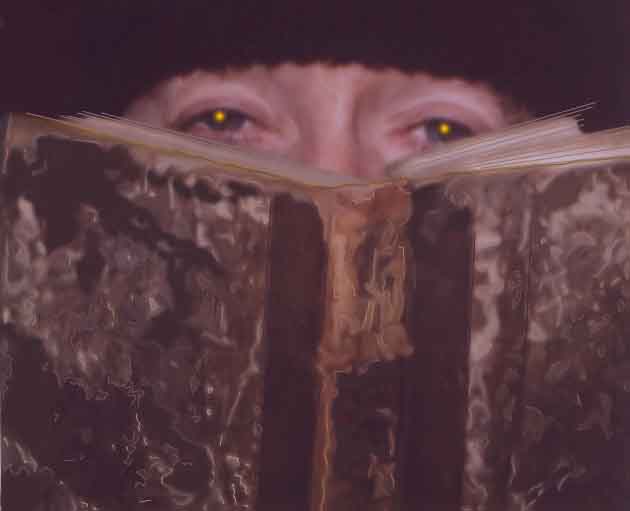









JOHN NESBITT
Art Gallery of Nova Scotia,
22 September-6 November 1983
[First published in Arts Atlantic 18, Winter, 1984, 8.]
John Nesbitt has been making sculptures for thirty years, longer than many of us have been alive. Should he be given the benefit of the doubt on certain questions involving his work? One wonders if Nesbitt's abstract sculpture and its attendant formalist bias is a viable form of art making in the 80s. Was the energy of this kind of work completely spent in the heady world of the 60s? This review cannot even begin to answer such questions.
Aluminum works made between 1968 and 1983 were shown at this latest exhibition. Also included were many prepatory drawings and a lavish catalogue. According to late modernist standards the sculptures are medium-sized. Nesbitt makes bigger works, but the A.G.N.S. limited exhibition space was unable to accommodate them. Many of the drawings were minuscule, no bigger than a tea bag. From a thumbnail sketch that may take a minute to execute, Nesbitt patiently forms and paints works that sometimes take years to complete. Many of the pieces use word play in titles like cawlum and rolyboly. The catalogue essay, a helpful sketch by Ruth Horowitz, encourages us to take Nesbitt's humour seriously and to identify his work with forms from the natural world.
In the late 60s Nesbitt began to make aluminum works which convey the bouyant optimism of Expo '67. Nesbitt exhibited at Expo and the Centennial Year seems to neatly divide his career in two. It roughly coincides with his abandonment of the corroded angst-ridden look of his earlier work for the bright, bouncy use of spray-bombed sheet metal. It also roughly marks his abandonment of life in international centres like Montreal and New York in favour of the rural charm of Cape Breton.
Nesbitt identified with figures like Rimbaud, Gauguin and especially Cezanne as he searched for an isolated place to make art. But in our age of satellite dishes and mass distribution art magazines, getting away involves willful ignorance - a stifling of influences. Nesbitt isolated himself by neglecting or ignoring many of the developments of 70s art in order to explore a few formal problems.
In the best of Nesbitt's pieces he exercises a strict control over his means. Sienna, a very recent work, and Stirrup (1968-78) are formally tight and weightless works.In other pieces, colour seems to be out of control. One is reminded of the graphic art of the 60s, with its flat blocks of arbitrary colour. In the pieces which do not work very well, like feryoo, the sculptures begin to look like three dimensional sections from Peter Max posters, or like baubles destined for corporate plazas.
The catalogue photographs which show Nesbitt's pieces amidst trees and grass do not convince us of Horowitz' assertion about their affinity to natural forms. We ate too used to seeing similar works downtown embedded in cement. In her catalogue essay, Horowitz does not critically justify Nesbitt's continuance of what may only seem to be an exhausted tradition.
 |
|